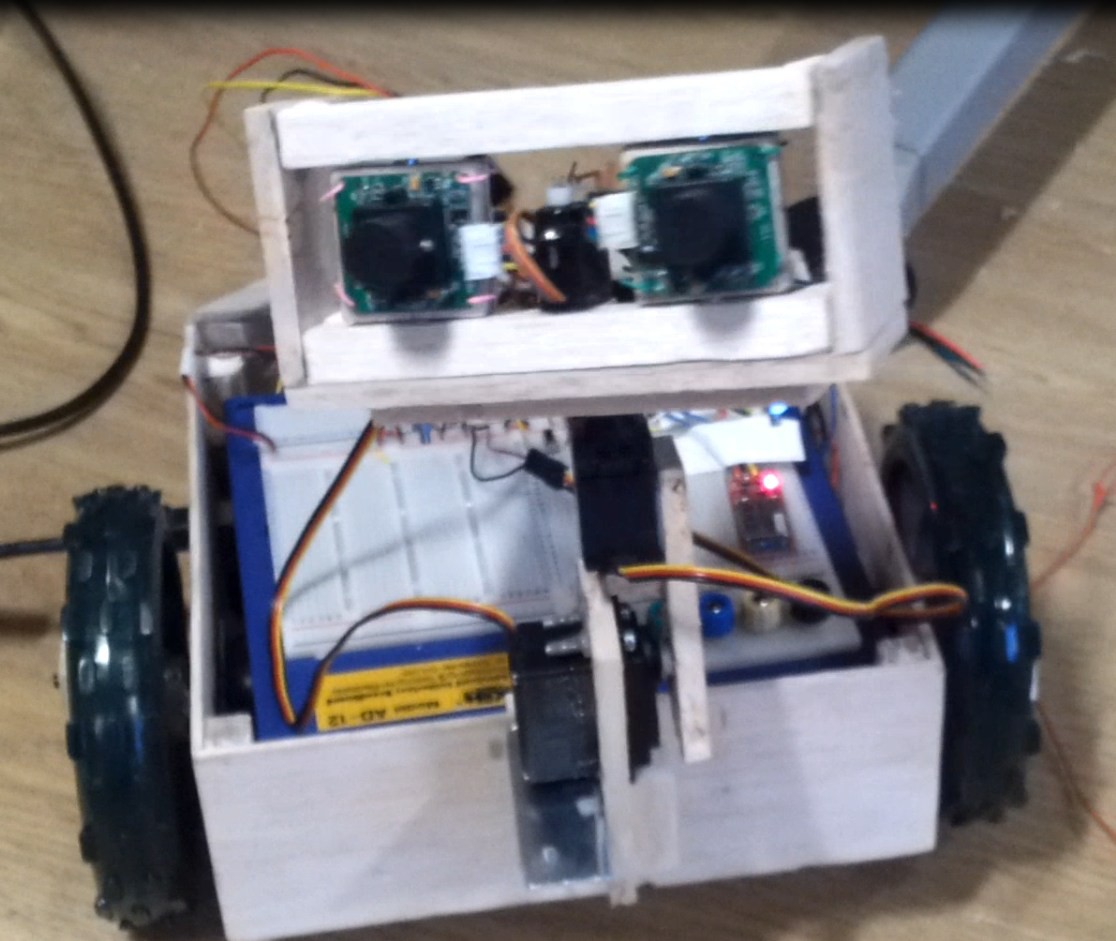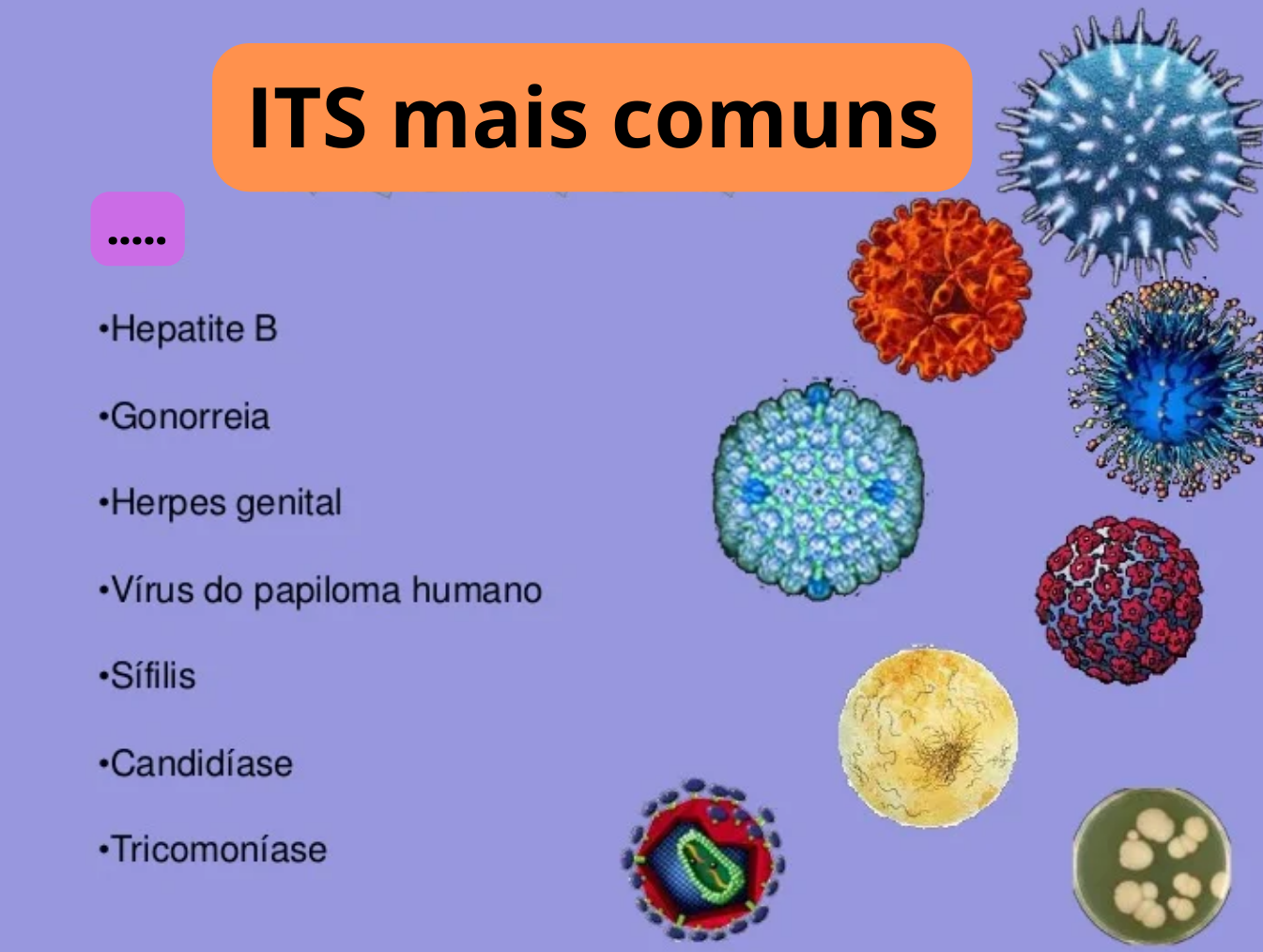Mmbot é€†é ¸æ¸žå¯¾ç– - Thinking Differently With Automation
Sometimes, a fresh way of looking at things can truly change how we approach everyday tasks, especially when it comes to tools that help us get things done. We are talking about the idea of "mmbot é€†é ¸æ¸žå¯¾ç–," which, in a way, suggests a kind of counter-intuitive approach to automated systems. This isn't about simply making a machine do what it's told, but rather exploring what happens when the choices made are a little bit outside the usual path. It's about letting our digital helpers pick options that might seem, well, a bit unexpected, yet still lead to some pretty interesting results.
Think about how many automated systems we encounter every single day; they are, in some respects, everywhere. From the programs that help us write better, to the ones that manage our schedules, or even those that keep our social connections humming along, these digital assistants are usually set up to follow a very specific set of instructions. The concept of "mmbot é€†é ¸æ¸žå¯¾ç–" suggests a slight shift, a willingness to let these systems consider choices that might not be the most obvious ones. It's a way of letting the machine explore a wider range of possibilities, perhaps finding solutions we hadn't thought of ourselves.
This approach isn't about chaos or making things random; it's more about strategic deviation, a thoughtful move away from the most common or predictable outcomes. By allowing an automated process to, arguably, make a "reverse selection" or a "counter-choice," we open up the potential for innovation and perhaps even greater efficiency in areas where traditional methods might hit a wall. It’s a fascinating thought, really, when you consider all the ways we could apply this kind of thinking to our daily digital lives.
- Black Friday Uggs Sale 2024
- Age Difference Between Kristin Chenoweth And Josh Bryant
- Are Bradley Cooper And Gigi Hadid Still Dating
- Why Kevin Costner Out Of Yellowstone
- Robertson Dead
Table of Contents
- What's the Big Idea Behind mmbot é€†é ¸æ¸žå¯¾ç–?
- How Does mmbot é€†é ¸æ¸žå¯¾ç– Influence Our Automated Helpers?
- Looking at Quality with mmbot é€†é ¸æ¸žå¯¾ç–
- Can mmbot é€†é ¸æ¸žå¯¾ç– Help Us Work Smarter?
- Connecting with Others - The Social Side of mmbot é€†é ¸æ¸žå¯¾ç–
- What Challenges Might mmbot é€†é ¸æ¸žå¯¾ç– Bring?
- The Future Shape of mmbot é€†é ¸æ¸žå¯¾ç–
What's the Big Idea Behind mmbot é€†é ¸æ¸žå¯¾ç–?
The core thought behind "mmbot é€†é ¸æ¸žå¯¾ç–" is, basically, about taking a path less traveled in the world of automated decision-making. Usually, when we set up a program to do something for us, we give it clear instructions: if X happens, do Y. This is very straightforward and, you know, it works well for many things. But what if, sometimes, doing the opposite of Y, or picking Z instead, could actually lead to a better or more interesting outcome? This strategy suggests that our automated friends, the bots, could be set up to occasionally make a choice that goes against the most obvious or common selection.
Imagine, for example, a situation where an automated system is supposed to pick the most popular item. A standard bot would just go for that top choice. An "mmbot é€†é ¸æ¸žå¯¾ç–" bot, however, might be programmed to, say, pick the second most popular, or even a less common one, just to see what happens. This isn't about being illogical; it's about exploring options that might be overlooked by typical algorithms. It’s a bit like how a human might sometimes try something different just for the sake of discovery, or to find a hidden gem. This kind of thinking, you see, could shake up how we approach various automated processes, making them less predictable and perhaps more innovative.
The beauty of this concept lies in its potential to break free from what’s expected. If every automated system always picks the most direct route, we might miss out on truly unique solutions. By introducing a "reverse selection" element, we are, in a way, giving our bots a little bit of creative license. This means the automated systems are not just following orders but are, arguably, exploring the edges of their programmed possibilities, which could be really exciting for how we interact with technology going forward.
- Ashley Tisdale And Zac Efron
- Rod Stewart Last Tour
- Swizz Beatz Divorce
- Nick Jessica Simpson Wedding
- Are Rudy And Elaine Engaged
How Does mmbot é€†é ¸æ¸žå¯¾ç– Influence Our Automated Helpers?
When we think about our automated helpers, the tools that make our lives easier, the idea of "mmbot é€†é ¸æ¸žå¯¾ç–" starts to get really interesting. Take, for instance, tools that help us with writing, like Grammarly. Usually, they suggest the most grammatically correct or common phrasing. But what if, occasionally, an "mmbot é€†é ¸æ¸žå¯¾ç–" inspired version suggested a less common, but perhaps more impactful, word choice or sentence structure? This could actually help us craft more unique and engaging content, moving beyond just standard corrections.
Consider the tools that help us manage tasks, automatically moving cards or assigning duties. Typically, these programs follow a very set sequence. But with a "mmbot é€†é ¸æ¸žå¯¾ç–" mindset, a system might, just for a bit, assign a task to someone unexpected, or move a card to a different column than the default, just to see if it sparks new ideas or uncovers a more efficient path. This could, arguably, lead to a fresh look at how work flows through a team, making things more dynamic. It’s about letting the system explore options that aren't the most obvious ones, which can be quite surprising.
Then there are the broader workflow automation tools, like Mindstudio, n8n, or Bardeen, which are, you know, designed to help us create automated steps for various tasks. These tools are often praised for their ability to streamline repetitive work. With a "mmbot é€†é ¸æ¸žå¯¾ç–" approach, instead of always picking the quickest or most direct integration, the system might try a slightly different connection, or add an unexpected step. This could, in some respects, uncover hidden efficiencies or create entirely new kinds of workflows that we wouldn't have thought of if we only stuck to the most predictable paths. It’s a way of letting the automation itself be a little bit more inventive.
Looking at Quality with mmbot é€†é ¸æ¸žå¯¾ç–
The concept of "mmbot é€†é ¸æ¸žå¯¾ç–" can also bring a fresh perspective to how we look at quality, especially in the context of automated testing and improvement. Think about tools that offer comprehensive test automation capabilities. Usually, these tools are set up to check for known issues, to make sure everything works as expected. But what if an "mmbot é€†é ¸æ¸žå¯¾ç–" element was introduced? Instead of just running the usual tests, it might, just for a little while, try to break the system in an unexpected way, or look for flaws in areas that are typically considered problem-free.
This kind of "reverse selection" in testing could mean that the automation doesn't just confirm what's right, but actively seeks out what's subtly wrong, or what might go wrong in unusual circumstances. It's a bit like having a quality checker who isn't just following a checklist, but is also trying to think like a mischievous user. This could, arguably, lead to finding very specific issues that standard testing might miss entirely, making the final product or service much more robust in the long run. It’s about pushing the boundaries of what quality assurance typically covers.
Consider, too, the tools that use artificial intelligence to restore the quality of photographs. They typically identify noise or damage and then apply algorithms to fix them. An "mmbot é€†é ¸æ¸žå¯¾ç–" approach here might involve, very carefully, trying a less conventional restoration method, or even subtly altering an area that seems fine, just to see if it reveals an underlying issue or an even better way to improve the image. This isn't about making things worse; it's about exploring every possible avenue to get the best result, even if it means trying something a bit out of the ordinary. The idea is to go beyond the obvious fixes to uncover truly superior outcomes, which is, you know, a very interesting thought for quality improvement.
Can mmbot é€†é ¸æ¸žå¯¾ç– Help Us Work Smarter?
When we talk about working smarter, it often means finding the most direct and efficient way to do something. However, the idea of "mmbot é€†é ¸æ¸žå¯¾ç–" suggests that sometimes, a less direct path might actually lead to greater overall intelligence in our work processes. Think about all the repetitive tasks we face; tools like Bardeen are great at integrating with our favorite apps to automate these. But what if, instead of always picking the most straightforward integration, an "mmbot é€†é ¸æ¸žå¯¾ç–" approach encouraged a slightly different connection?
This could mean that a task that typically flows from App A to App B might, in a way, be routed through App C first, just to see if that intermediate step uncovers a new piece of information or streamlines a later part of the process. It's about letting the automated system experiment with different sequences, which could, arguably, lead to unexpected insights into how our work truly functions. This isn't about adding unnecessary steps; it's about thoughtfully exploring alternatives to find a truly optimized workflow that we might not have considered with conventional thinking.
Tools that help us focus on priorities, for instance, typically highlight the most urgent items. An "mmbot é€†é ¸æ¸žå¯¾ç–" perspective might, occasionally, highlight a less urgent item, or a task that has been sitting untouched for a while, just to see if addressing it now unlocks progress on other, seemingly unrelated, priorities. This kind of "reverse selection" could help us break out of the cycle of always addressing the squeaky wheel, allowing us to tackle work in a more holistic and, perhaps, more effective manner. It’s about letting the system guide us toward a broader view of what’s important, which can be quite a shift in how we approach our daily tasks.
Connecting with Others - The Social Side of mmbot é€†é ¸æ¸žå¯¾ç–
The concept of "mmbot é€†é ¸æ¸žå¯¾ç–" isn't just for business or technical tasks; it can also, surprisingly, apply to how we connect with people. Think about social platforms like Facebook, where we log in to share updates, find friends, and join groups. Usually, the platform's algorithms suggest people we might know or content we might like based on our existing connections and interests. But what if an "mmbot é€†é ¸æ¸žå¯¾ç–" element was at play?
This could mean that instead of always suggesting friends of friends, the system might, just for a bit, suggest someone completely outside our usual social circle, or a group dedicated to a topic we’ve never expressed interest in before. This "reverse selection" could, arguably, help us discover new communities or individuals we wouldn't have encountered otherwise, broadening our perspectives and connections in unexpected ways. It's a bit like being introduced to someone new by a mutual friend, but that friend is a bot with a knack for interesting, slightly off-the-wall connections.
Consider how we share photos and updates. Typically, we share with people we know will appreciate them. An "mmbot é€†é ¸æ¸žå¯¾ç–" inspired system might, very thoughtfully, suggest sharing a certain image or thought with a less obvious audience, or even publicly, to see how it resonates with a wider group. This isn't about oversharing; it's about exploring the potential reach and impact of our content beyond our immediate social bubble. It could lead to some really interesting conversations and, you know, a broader understanding of how our content is perceived by different groups of people.
What Challenges Might mmbot é€†é ¸æ¸žå¯¾ç– Bring?
While the idea of "mmbot é€†é ¸æ¸žå¯¾ç–" offers exciting possibilities, it's also important to consider the challenges that might come with letting our automated systems make "reverse selections." The most immediate concern, arguably, is predictability. If a bot is sometimes choosing the unexpected path, it could make it a bit harder to foresee outcomes, especially in critical systems. This means that any implementation of this strategy would need very careful setup and, you know, constant monitoring to ensure things don't go too far off track.
Another challenge lies in user expectations. People generally expect automated tools to be reliable and to follow a clear logic. If a system starts making choices that seem counter-intuitive, even if they are strategically so, it could lead to confusion or frustration for users. This is where clear communication and the ability to manage settings become very important. For example, on platforms like Facebook, users can manage their account settings, update contact information, and adjust privacy preferences. A "mmbot é€†é ¸æ¸žå¯¾ç–" system would need to be designed so that users still feel in control, even when the automation is exploring less common choices.
There's also the question of efficiency versus exploration. While "reverse selection" can lead to new discoveries, it might not always be the most direct or efficient route. In situations where speed and accuracy are absolutely paramount, introducing a "mmbot é€†é ¸æ¸žå¯¾ç–" element might not be the best fit. It’s about finding the right balance between sticking to the tried-and-true and allowing for a bit of calculated deviation. So, you see, it's not a one-size-fits-all solution; it requires a thoughtful application, considering the specific context and goals of the automated process.
The Future Shape of mmbot é€†é ¸æ¸žå¯¾ç–
Looking ahead, the idea of "mmbot é€†é ¸æ¸žå¯¾ç–" could, arguably, play a role in shaping how we think about automation in general. It moves us beyond simply automating existing processes and encourages us to consider how our digital helpers might contribute to innovation. Imagine a future where our tools don't just do what we tell them, but also, very thoughtfully, suggest alternative ways of doing things, or even present us with choices we hadn't even considered. This could make our interactions with technology much more dynamic and, you know, less rigid.
This approach could, in some respects, lead to more adaptive and resilient automated systems. If a bot is capable of making "reverse selections" when faced with a problem, it might be able to find a way around an obstacle that a strictly rule-based system would simply get stuck on. This kind of flexibility could be incredibly valuable in rapidly changing environments, allowing automation to evolve and respond in ways that are currently quite challenging. It’s about building systems that are not just efficient but also, in a way, a bit clever and resourceful.
Ultimately, the "mmbot é€†é ¸æ¸žå¯¾ç–" concept invites us to rethink the very nature of automated intelligence. It's not just about making machines faster or more precise at following instructions; it's about exploring the potential for them to contribute to discovery and creative problem-solving by occasionally choosing the path less traveled. This could lead to fresh ideas in how we test our software, how we organize our work, and even how we connect with others online, making our automated experiences, you know, a bit more surprising and, perhaps, more rewarding.
- Nick Jessica Simpson Wedding
- Balcony Trooping The Colour
- Why Did Kevin Costner
- Is Colin From Bridgerton Gay In Real Life
- Shannen Doherty Funeral Service Date

MmBot | RobotShop Community

Its

Fernanda Nobre Wiki, Biography, Age, Gallery, Spouse and more